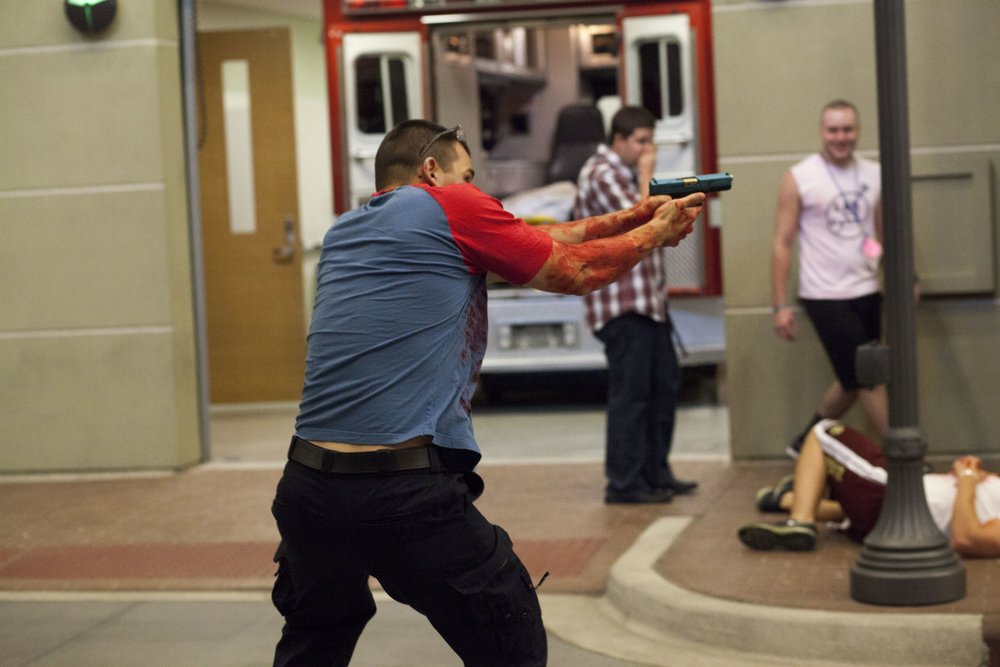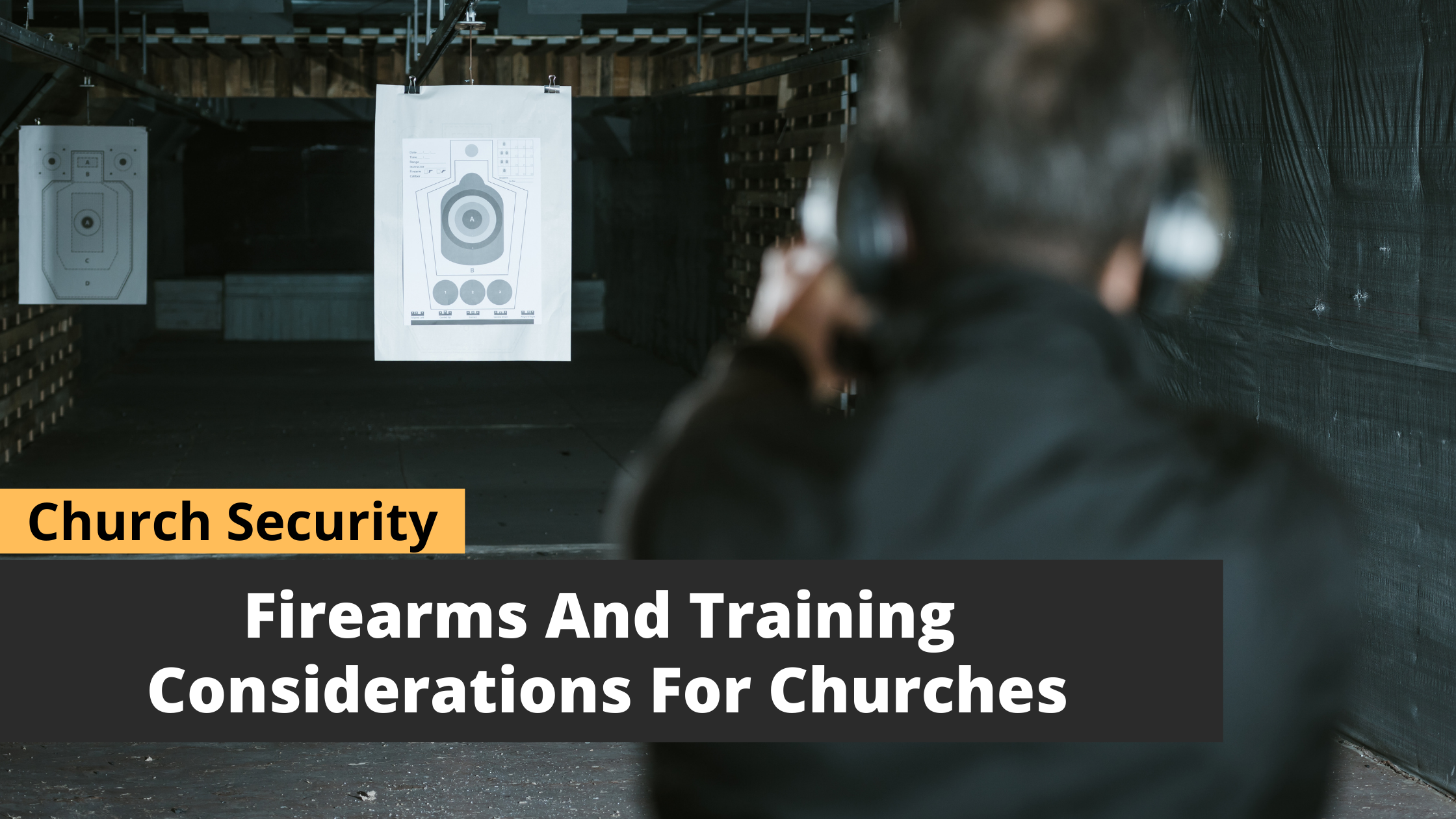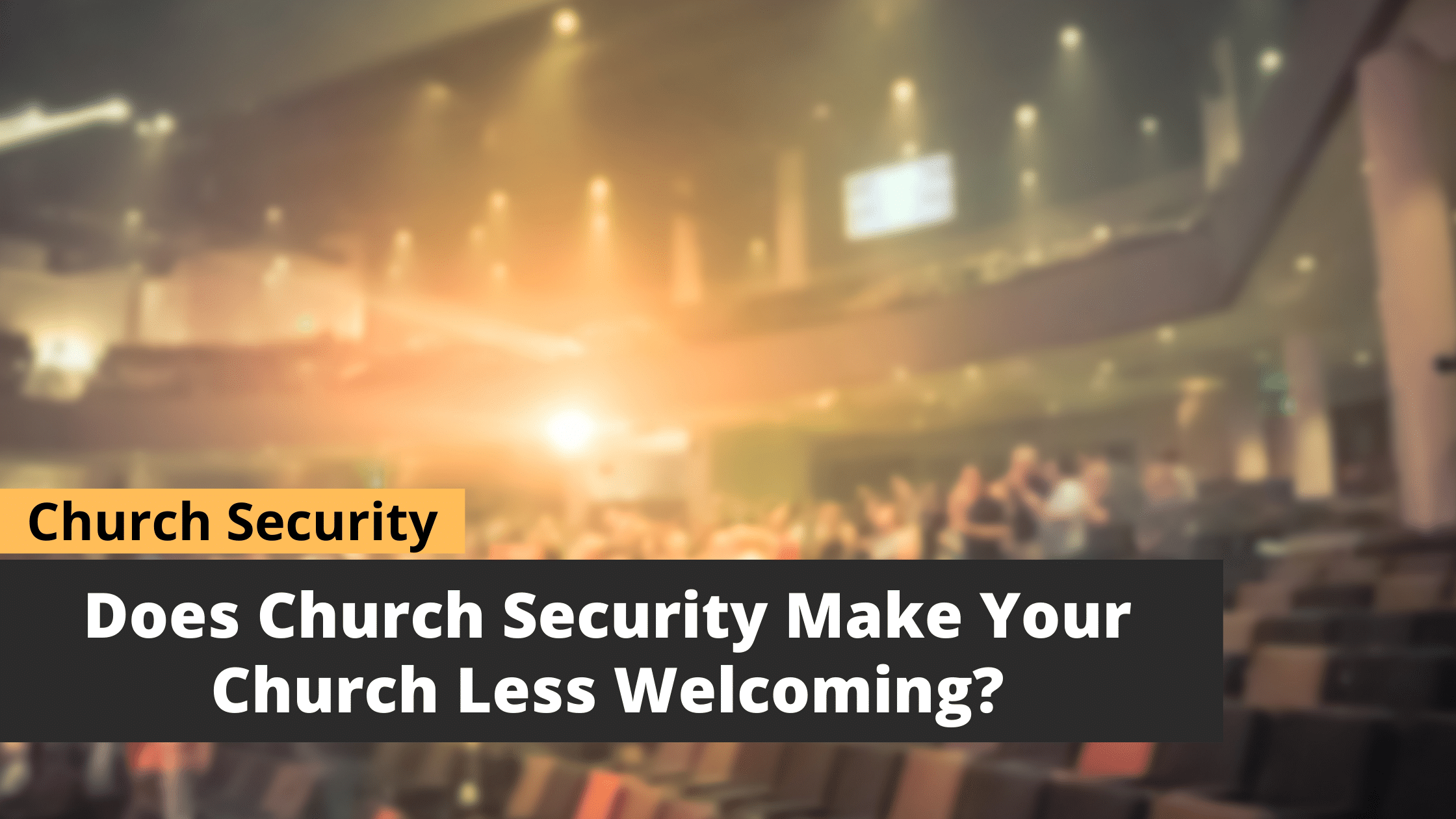Security tips
If a shooter invades your world, what would you do?

The attacks in Virginia and California highlight the difference between safety and security.
The shootings in Virginia and San Francisco again demonstrate the need for all of us to be prepared for our individual safety and security.
First things first: Safety and security are not the same things. Safety refers to procedures, techniques and training that prepare us for emergency situations such as a tornado, fire or flash flooding. It could even refer to safety guards on machinery.
Security, on the other hand, deals with manmade emergencies, such as the twin shootings on Virginia and San Francisco on June 14.
Who is the first responder? It could be you.
When a crisis of any kind occurs, the people directly impacted will be the first responders. Since they are the ones caught in the crisis, they will determine their response.
If you are caught in a tornado, you may determine that your best response is to head to a lower level away from windows and wait for the danger to pass. This response is based on your level of training and knowledge. If the structure is damaged or demolished, you may have to self-rescue and extract yourself from the building. You may have to treat yourself with first aid and figure out how to get yourself to a medical facility. But what if the hospital was destroyed during the same incident?
A massive tornado in Joplin, Mo., in 2011 was an example of this. People self-rescued, then assisted their neighbors, creating teams that continued rescuing others. Because a local hospital was destroyed, the proactive response of these citizens made a huge impact on life and death.
If you don’t have training and don’t fully understand the significance of weather-related dangers, you might stay outside to watch the tornado – to devastating results. But because you (hopefully) know better, you take action to limit your exposure to the threat.
What if you were the young man in 2003 hiking in a remote area of southeast Utah? While navigating a narrow canyon a boulder shifted and trapped his arm. He was unable to move the 800-pound boulder and was trapped for five days. He finally realized that his only hope for rescue was dependent on him. After running out of water he decided he would have to cut off his own arm. He was successful in freeing himself, rappelled 60 feet to the canyon floor, and walked five miles before being spotted and rescued by a helicopter. He was the first and only first responder. If he had been unwilling to take on the role of first responder, we would have likely found his body sometime later and held a nice memorial service for him.
It’s up to us to act. Are we trained?
In a manmade disaster where a suspect causes a crisis, it will be dependent on the people on the scene – the true first responders – to react. Without training, people don’t really know how they will react. Many times we revert to our basic instinctual response – fight, flee or freeze. Any one of these responses may or may not be correct. Doing the right thing at the wrong time could end in tragedy.
Typically an untrained person will suffer from being startled and afraid, followed by the onset of normalcy bias (attempting to rationalize the crisis away). This delays response and leads to denial.
“Once the true impact of the crisis is understood, people are so far behind the response curve they are often frozen, leading to panic and helplessness. ”
This delay in response, due to a lack of training, are the crucial moments that could mean the difference between life and death. Said another way: Stop staring at the tornado!
In a trained response, the true first responder will still suffer from startle and fear. But because they accept the crisis, they will begin making decisions that lead to a better outcome.
They enter the crisis with a healthy sense of awareness to their surroundings. This, in and of itself, may prevent the crisis before it breaks out. If the crisis occurs, they accept that it’s real and do not lapse into denial. They recall their training and respond immediately, preserving seconds that can save lives. By responding faster, they lessen the exposure to the threat and decrease the likelihood of injury or death. In other words: They saw the tornado, accepted the potential for loss of life and removed themselves from harm’s way.
The attack on members of Congress
The attack in Virginia against members of Congress at a baseball practice is a good example of what we’re discussing. There happened to be police present when the attack started due to Rep. Steve Scalise’s protection detail on the scene. But even though police were there when the crisis started, there were still at least two people injured by the shooter in addition to two officers who were shot.
During the crisis, the police focus is on stopping the threat and ensuring there are no secondary threats. In this incident, we saw the people caught in the crisis providing care for the injured and applying tourniquets to wounds.
This “tornado” had the ability to move and direct his attention and anger on the innocent people he was targeting. If the police had not been present, how bad could this have been? What procedure or practice would you follow if you found yourself caught in a crisis like this?
Strategos International is prepared to assist you in your preparation for these types of incidents. We also provide assistance with high-risk terminations, investigations, threat assessments, facility security assessments and training, including crisis casualty care.
Questions? Contact me.





